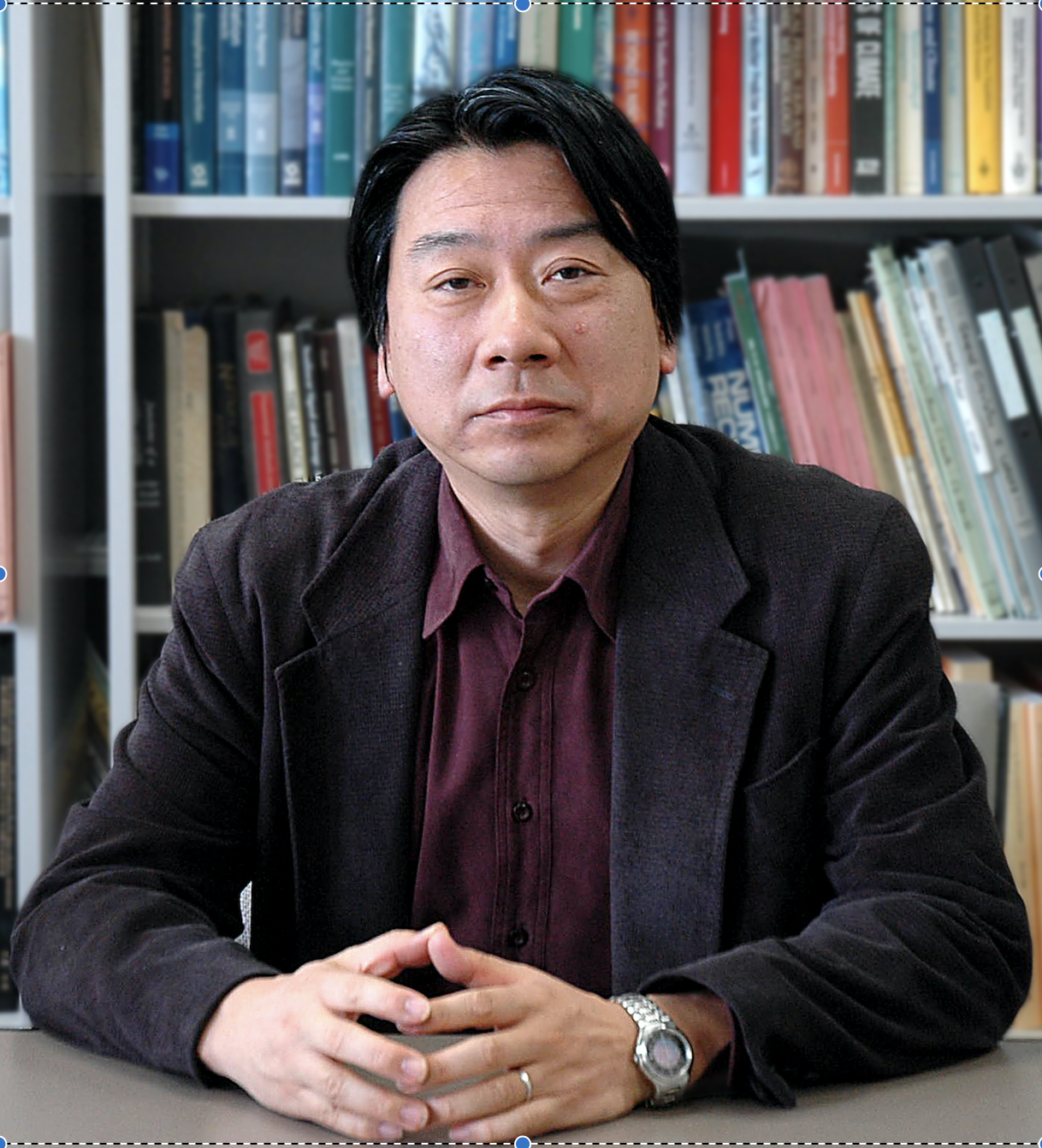Abstract
Atmospheric blocking events are often described as quasi-stationary barotropic circulation systems and studied from that viewpoint, because of their apparent lack of vertical tilt. This work demonstrates, however, that blocking events even over maritime regions often have a structure in which anomalies in geopotential height and temperature are horizontally out-of-phase, allowing blocking events to produce fluxes of heat against the climatological gradients for amplifying and maintaining blocking-related temperature anomalies. This process, which represents the baroclinic conversion of energy from the climatological-mean flow to blocking-related anomalies, is shown to be one of the leading energy sources. In winter, the contribution of the baroclinic energy conversion, especially for blocking anomalies over North Pacific and Greenland characterized by their vertically tilting structure in the lower troposphere, is substantially larger than the contributions from barotropic energy conversion from the westerlies and the feedback forcing by high-frequency eddies. Likewise, pressure anomalies associated with the dominant North Atlantic Oscillation (NAO) also exhibit vertically tilting structure in the lower troposphere with highly efficient in converting available potential energy associated with the eddy-driven westerly jet for their maintenance. This work thus sheds light on the importance of baroclinic processes for the NAO and maritime blocking events.
Arranged date for the seminar talk Oct 05, 2022
Bjerknes lecture room 4020, Jahnebakken 5

Short biography
Hisashi Nakamura is a professor of Research Center of Advanced Science and Technology (RCAST), the University of Tokyo. After receiving Ph.D. in atmospheric science from the University of Washington and then staying in Seattle and Princeton as a postdoc, he became a faculty member of the University of Tokyo in 1993. He has published over 150 refereed papers to make significant contributions to various areas of climate dynamics, including mechanisms for atmospheric blocking, teleconnection patterns and storm-tracks. In addition, as the lead PI of a nation-wide project on extratropical air-sea interaction, he has contributed to revealing active roles of warm ocean currents and associated sea-surface fronts in shaping extratropical jets/storm-tracks and their variability, in addition to organization of cloud/precipitation systems. He acts as the chair of the Advisory Panel on Extreme Climate Events of the Japan Meteorological Agency.
